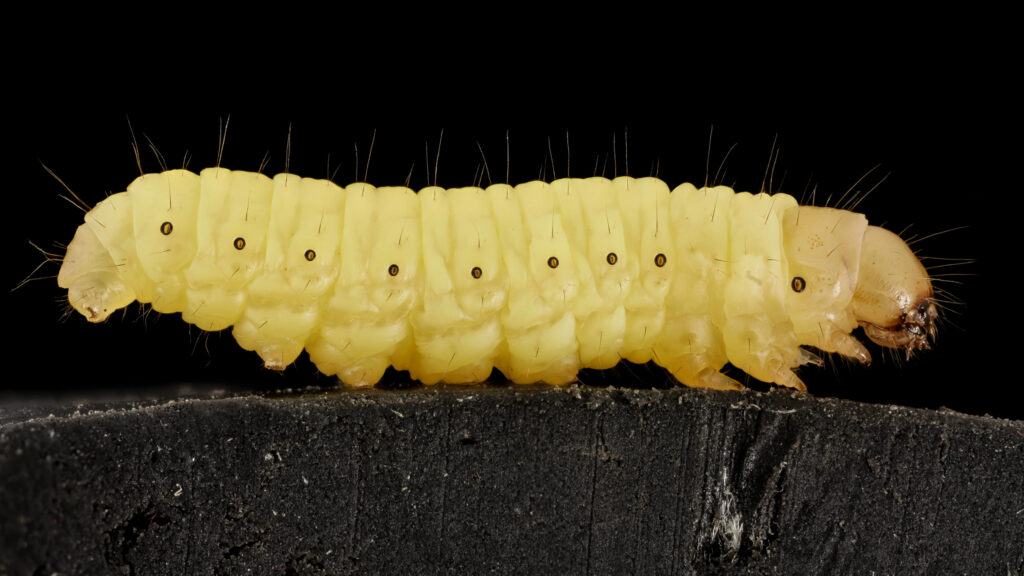Scientists Discover Wax Worm Saliva Can Break Down Plastic
October 12, 2022

For many, wax worms are icky little caterpillars. They wreck honey combs. Some people use them for catfish bait. Others think they’re yummy. Scientists, though, may have found an important use for them. They're using the worms' saliva to break down plastic bags.
The discovery was made by accident. According to a new study, it could help solve one of the world’s most pressing environmental problems. It could change how we clean up plastic.
Federica Bertocchini is a scientist at the Biological Research Centre (BRC) in Spain. She’s also an amateur beekeeper and a co-author of the study. She used plastic bags to clean out a hive infested with wax worms. She quickly found the bags had become riddled with holes.
“We found it wasn’t only chewing, it was (chemical breakdown),” she told The Guardian.
The researchers found that wax worm saliva at room temperature can break down a type of plastic. It's called polyethylene. Nearly a third of plastics are made with it. You can find it in packaging and bags. The worm saliva can break it down in just hours!
The study is part of an increase in research about how to use insects to recycle plastics. Chinese researchers in 2017 discovered a fungus that can break down some forms of plastic within weeks. In a study published this June, a team of scientists found a “superworm” that can eat Styrofoam.
“We need to do a lot of research,” another BRC scientist and study co-author told the Guardian, “and think about how to develop this new strategy to deal with plastic.”
Photo by Sam Droege courtesy of Wikimedia Commons.




